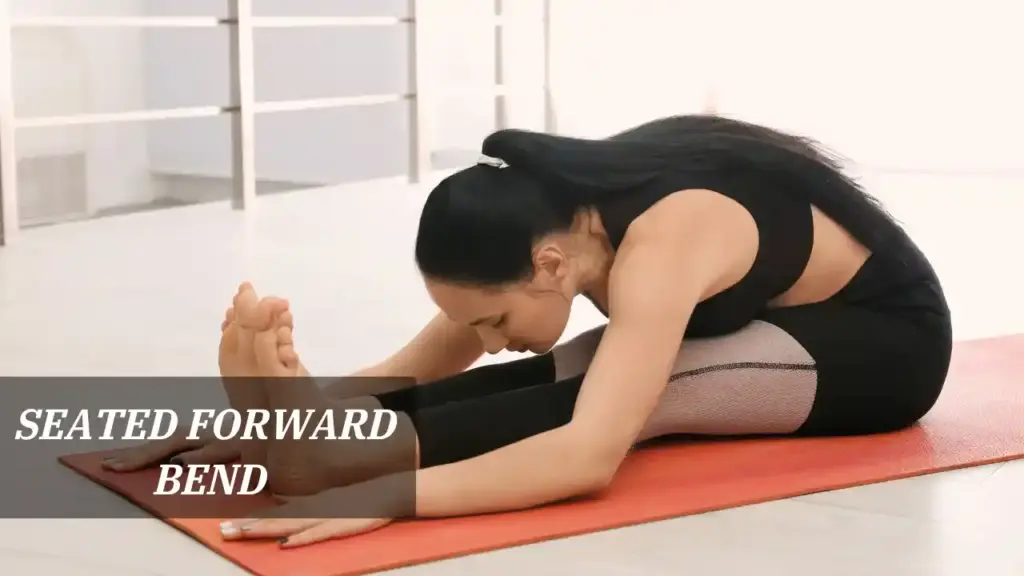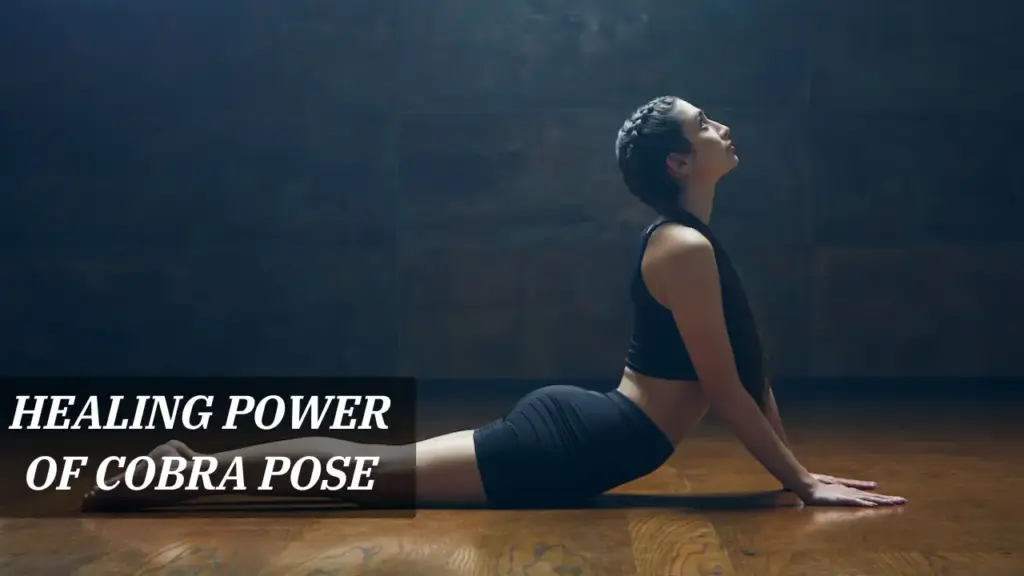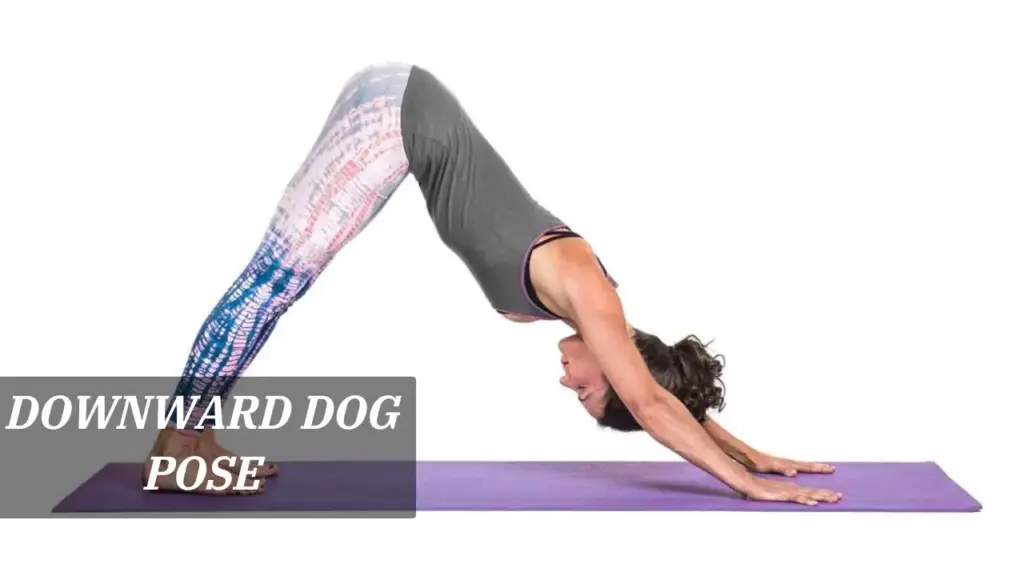Seated Forward Bend, or Paschimottanasana, is a classic yoga pose that promotes flexibility, relaxation, and introspection. This calming posture allows you to gently stretch the spine, hamstrings, and lower back while fostering a sense of inner peace. While Seated Forward Bend may appear simple, approaching it with patience and proper alignment is essential for safely enhancing flexibility. Practiced regularly, it can lead to significant improvements in flexibility, mental clarity, and overall relaxation.
In this article, you’ll find everything you need to know about practicing Seated Forward Bend effectively. We’ll discuss the correct setup, alignment tips, and breathing techniques to make the pose comfortable and beneficial. Whether you’re a beginner or experienced in yoga, this guide will help you gradually deepen your stretch and enjoy the transformative effects of this pose.
Setting Up for Seated Forward Bend: Step-by-Step Guide
To start, sit on the floor with your legs extended straight in front of you, toes pointing upward. Keep your spine tall, grounding through your sitting bones. As you inhale, lengthen your spine and reach your arms overhead, creating space in the torso. Exhale slowly and begin to hinge forward from your hips, keeping the spine long rather than rounding the back.
Lower your hands to your legs, ankles, or feet—wherever they naturally reach without strain. Allow your body to ease into the stretch without forcing it. This initial setup helps establish a safe and effective foundation for the pose.
Engaging the Core and Supporting the Lower Back
While folding forward, remember to engage your core muscles. A strong core provides support to the lower back, protecting it from unnecessary pressure. Instead of focusing on reaching as far as possible, concentrate on maintaining a long spine. This alignment allows for a deeper, safer stretch over time.
If you have tight hamstrings or feel discomfort in your lower back, consider sitting on a folded blanket or cushion. This small adjustment lifts the hips and makes it easier to tilt forward without rounding the back.
Breathing Techniques to Enhance the Stretch
Breathing is a powerful tool in Seated Forward Bend. Inhale deeply to lengthen your spine, and with each exhale, relax your body and gently release further into the pose. Focus on slow, steady breaths, allowing your muscles to relax with every exhalation. This breathing rhythm encourages deeper relaxation and enhances flexibility, helping you gradually deepen your stretch over time.
Modifications and Tips for Greater Comfort
If reaching your feet feels challenging, use a yoga strap around the soles of your feet to bridge the gap. Hold the strap firmly while keeping your elbows soft, using it as an extension of your arms. This modification provides the benefits of the stretch without straining the hamstrings or lower back.
Another tip for beginners is to keep a slight bend in the knees. This takes pressure off the hamstrings, allowing for a gentler and more enjoyable experience in the pose. Over time, as flexibility improves, you can gradually straighten your legs.
Practicing Seated Forward Bend with patience and mindfulness can lead to greater flexibility, relaxation, and mental clarity. Embracing the gradual journey rather than pushing for immediate results allows you to enjoy the transformative benefits of Paschimottanasana, making it a valuable part of your yoga routine.


